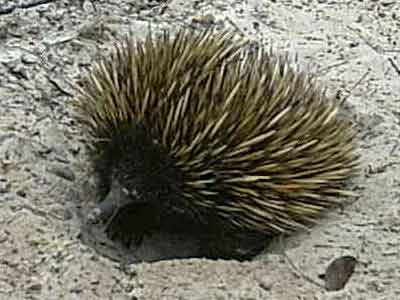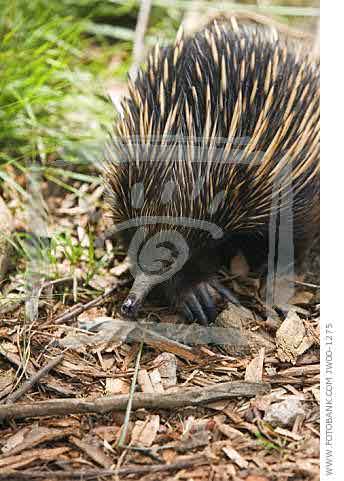Eastern Long-beaked Echidna zaglossus bartoni


Level of threat
This species is widespread throughout the central mountains of New Guinea (Indonesia and Papua New Guinea), the Foja Mountains (Indonesia), and the Huon Peninsula (Papua New Guinea), but it has a very patchy distribution and is probably not found anymore in all of its historic range. Historically, it has been recorded from sea level to around 4,150 above sea level. The IUCN lists this species as critically endangered.
Conservation Efforts
Any conservation efforts are hindered by highly splintered populations and also the fact that this species is usually a prey species for the local human populations. Add to it the destruction of its habitat for agriculture, and you have a plummeting population which has declined upwards to 80% in the last half-century.
Bet you didn't know...
- This species has three distinct subspecies; so dissimilar that some scientists would rather call them all separate species. This happens when individuals of the same species get isolated from each other and cross-breeding does not weed out uncommon traits.
- They mainly feed on earthworms that they forage from hollow logs on the forest floor.
- Eastern Long-beaked Echidnas have five claws on their fore feet and four on their hind feet.
Behavior
Barton's echidna is rapidly decreasing in population size so it is hard to get a good bead on their normal behavior. However, we do know that they are quite secretive and solitary. They curl up into a ball when threatened and they don't have a distinctive tail.